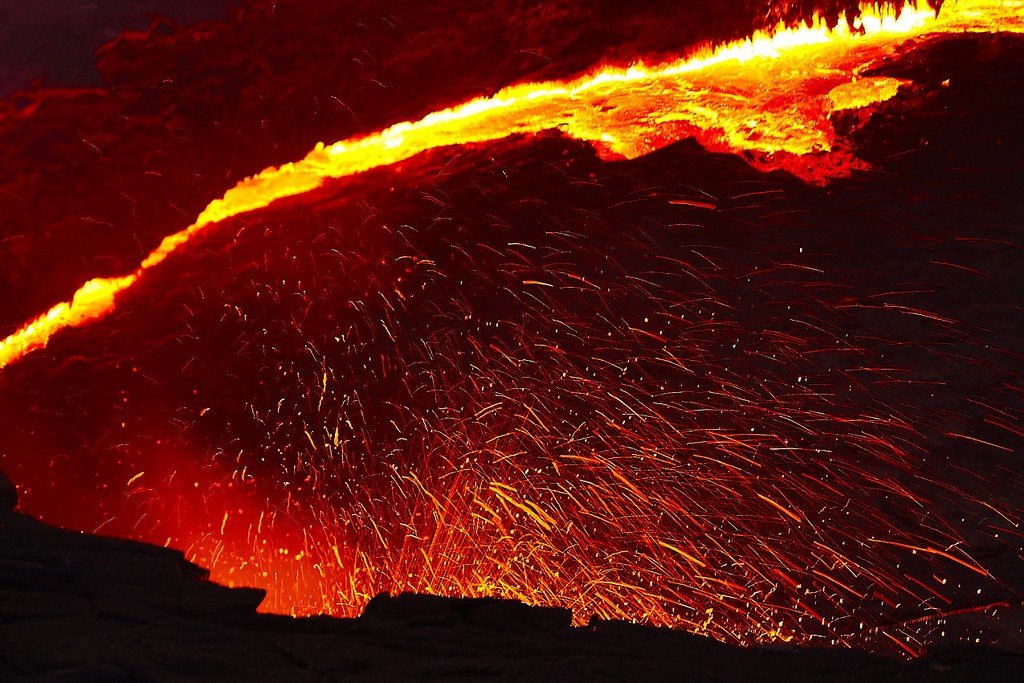Erta Ale Volcano
Erta Ale volcano is the most active volcano in Ethiopia, located in the remote Afar region in the northeast of the country. It is located below sea level in the Danakil Desert (Danakil). Erta Ale is a basaltic shield volcano, with a lava lake in the crater, located in a caldera measuring 1.6 km x 0.7 km. The name of the volcano means “smoking mountain”. It is one of the five known volcanoes in the world that has a lava lake and the only volcano in the world that has two lava lakes at once, which makes it truly unique. Also notable is the fact that it is the only volcano that you can get as close to the crater of this volcano as you can get at all.










Video: Volcano Erta Ale
” title=”YouTube video player” frameborder=”0″ allow=”accelerometer; autoplay; clipboard-write; encrypted-media; gyroscope; picture-in-picture; web-share” allowfullscreen>General Information
The volcano has been continuously active since 1967, with hot lava flows periodically pouring out of its crater (these volcanoes, formed from layers of spilled lava, are called shield volcanoes). With each eruption it rises higher and higher above the Danakil Depression; now its height is already 613 meters.
.
In 1971, the first study of Erta Ale volcano was conducted by an expedition led by Harun Taziev. The temperature of the gas outlet ranged from 1125 to 1200° C. The power of thermal radiation of the lake averaged 30 kilowatts per square meter. The temperature directly in the melt mass was 600° at the surface of the dark crust, and 900° at a depth of 70 centimeters.
.
In recent years, the Erta Ale volcano has become more unpredictable. If in 2004 the lake in the crater of the volcano turned into a tectonic solid, staying in this state for almost 20 months, in November 2010 the volcano woke up with unexpected force. The lake now and then changes its level and the pattern of fire streaks, periodically lava flows out of it. Since February 2010, the level of the lake has risen more than 30 meters, which eventually led to the overflow of the lake and explosive releases of hot lava droplets into the air since November 2010. The eruption was accompanied by tremors that have significantly affected the state of faults in northeastern Africa. Scientists are closely monitoring changes in the volcano’s activity because it is located in an important seismic zone called the Afar Triangle. Noticeable plate shifts and increased fault widths could significantly change the geographical map of our planet, in particular affecting the entire continent of Africa.
.